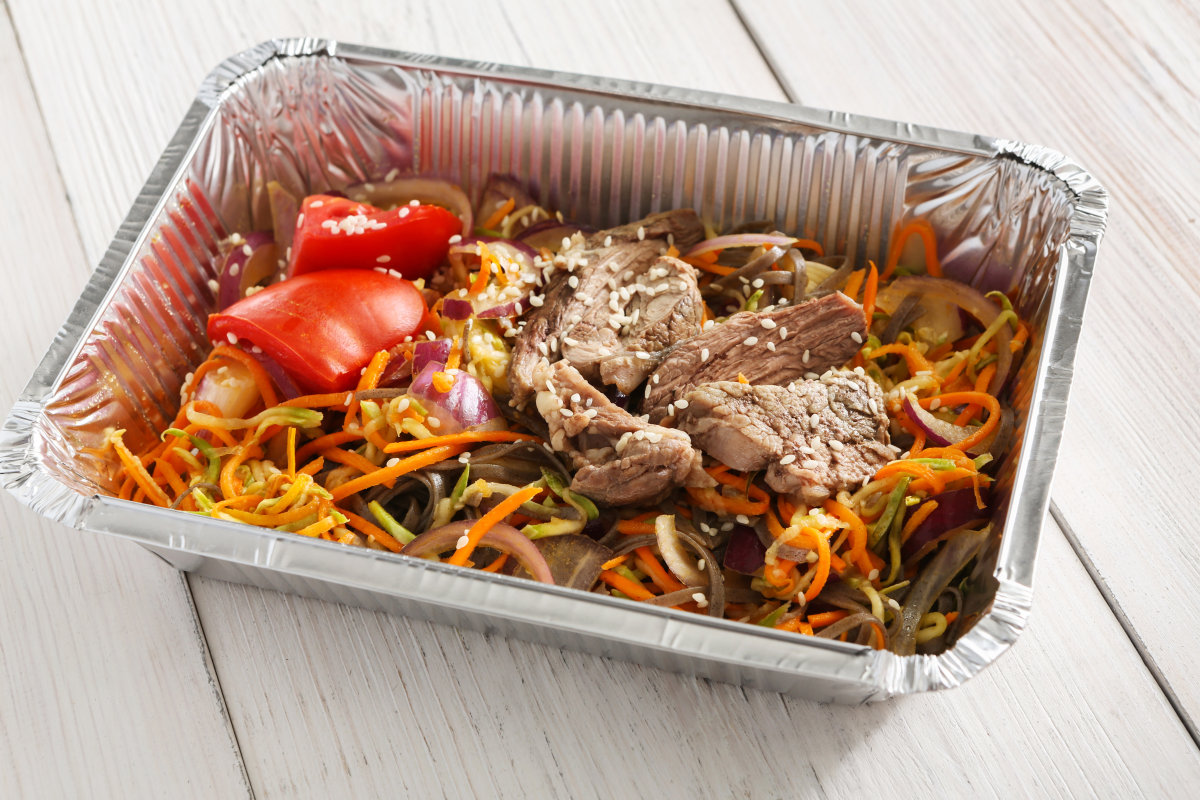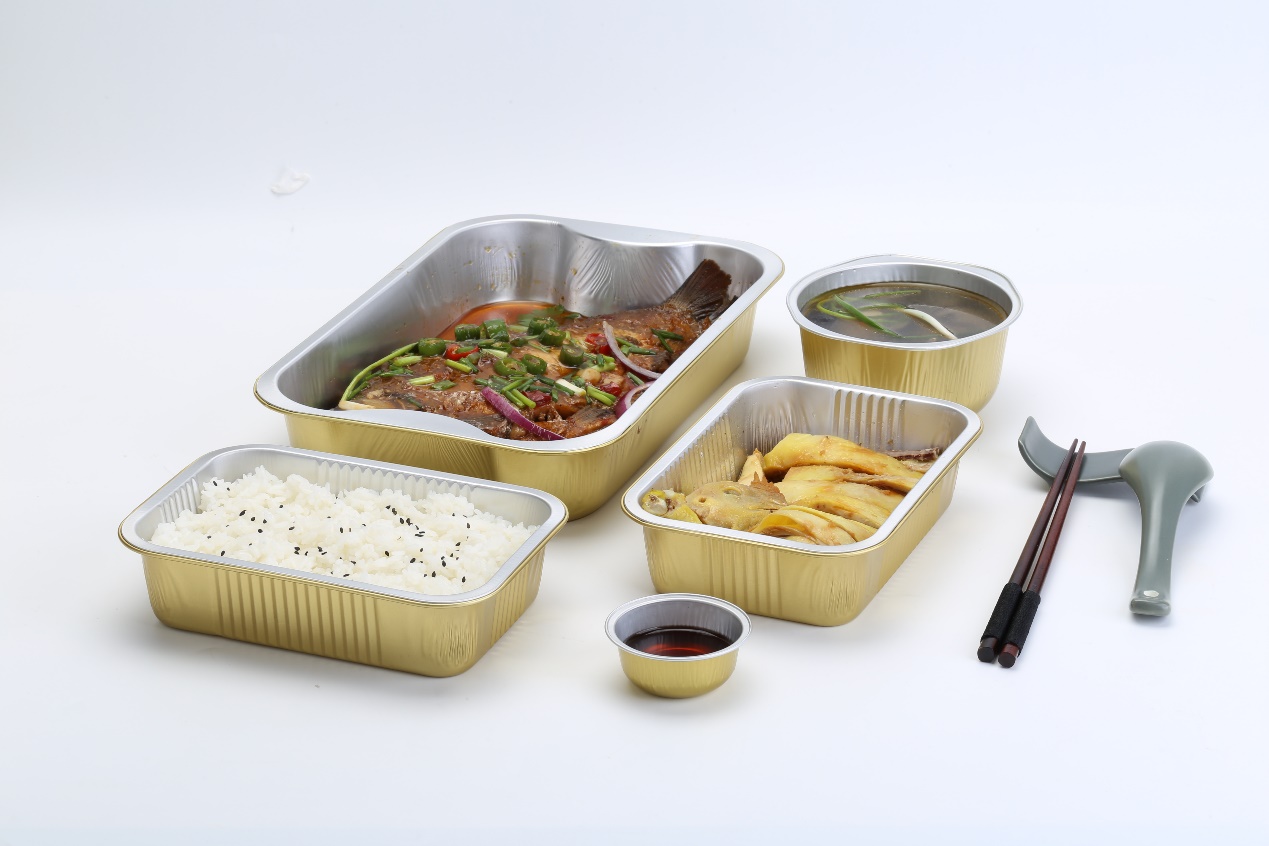The first aluminum foil production took place in France in 1903. In 1911, Bern, Switzerland-based Tobler began wrapping chocolate bars in aluminum foil. Their distinctive triangle strip, Toblerone, is still widely used today. Aluminum foil production in the United States began in 1913. First commercial use: Packaging Life Savers into their now world famous shiny metal tubes. Demand for aluminum foil skyrocketed during World War II. Early military applications included the use of chaff dropped from bombers to confuse and mislead radar tracking systems. Aluminium foil is very important to the defense work of our home

Growth of Aluminium Foil and Packaging Market
In 1948, the first preformed full foil food packaging containers appeared on the market. This developed into a complete line of moulded and air-formed foil containers now sold in every supermarket. The 1950s and 1960s saw a period of astonishing growth. TV dinners in compartment trays are starting to reshape the food market. Packaging foils are now divided into three main categories: household/institutional foils, semi-rigid foil containers and flexible packaging. The use of aluminum foil in each of these categories has grown steadily over the decades.

Food Prep: Aluminum foil is a “dual oven” and can be used in convection ovens and fan-assisted ovens. A popular use for foil is to cover thinner portions of poultry and meat to prevent overcooking. The USDA also provides advice on the limited use of aluminum foil in microwave ovens.
Insulation: Aluminum foil has 88% reflectivity and is widely used for thermal insulation, heat exchange and cable lining. Foil-backed building insulation not only reflects heat, the aluminum panels also provide a protective vapor barrier.
Electronics: Foils in capacitors provide compact storage for electric charge. If the foil surface is treated, the oxide coating acts as an insulator. Foil capacitors are commonly found in electrical equipment, including televisions and computers.
Geochemical sampling: Geochemists use aluminum foil to protect rock samples. Aluminum foil provides containment of organic solvents and does not contaminate samples when they are transported from the field to the laboratory.
Art and Decor: Anodized aluminum foil forms an oxide layer on the aluminum surface that can accept colored dyes or metal salts. Through this technique, aluminum is used to create inexpensive, brightly colored foils.
Post time: Jul-29-2022




